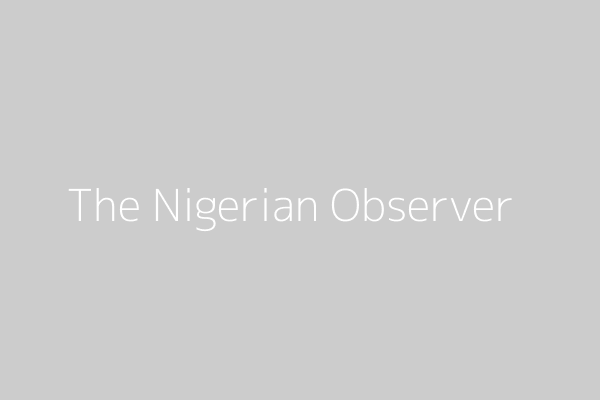One significant relevance and traditional importance of Emotan in the Benin cultural values was the homage paid to the Emotan statue during burial ceremonies. Burial of the dead was not complete or deemed to be conclusive without the visit of those directly involved in such burials during Izakhue and Isoton. And these burial ceremonies usually take seven days.
Immediately after the burial (interment) of the deceased, the next stage is Iwa-orimwin, whereby intricate family rites are performed. Thereafter, on the third day, Izakhue is performed. This Izakhue, which is a compulsory rite by all the children and relatives of the deceased, is a procession of dance led by the most senior son of the deceased to Emotan where cowries, native chalk and some coins are offered. The priest known as Okae-eronmwon, on receipt of these very important items, then prays for the children.
On the fifth day, Isoton is performed by all the children without any exemption. Each of them also had to visit Emotan in a procession of dance that attracts friends and well-wishers, while on the seventh day, very early in the morning, we have what is known as Isueranfua, marking the end of the ceremony.
This procedure as described above was the traditional way of burying a true Benin son and daughter. However, this is no longer practiced. It appears as if those who are supposed to enforce this aspect of our tradition no longer consider it necessary to continue with it. Today, people go for a three-day burial arrangement while the celebrants are asked to monetize the traditional demand for the family rites.
Where did this tradition seemingly leave the chart of our culture? Firstly, the upsurge in crime was identified as being responsible for the demise of this practice. Some believed that because of the experiences of most people in the hands of criminals, the idea of going to wake-keeping during the night was not encouraging.
Secondly, some of their new-found religions forbid them from participating in the family rites. This was the period they introduced what they now refer to as “Christian burial”. This brought about the “moneytization” of family rites. The question now is, what is the difference between the “Christian All Night” and the traditional wake-keeping?
Izakhue and Isoton are held during the day, like the Christians who carry out evangelism and crusades. Most crusades are usually held at night. We have heard stories of the activities of some pastors during their “All Night” prayer sessions. Unless there are so many children from the deceased, Isoton usually doesn’t exceed 6pm.
The moneytization of family rites is today doing more harm than good. It is at this juncture that one appeals to the sole custodian of the Benin cultural heritage, Omo N’ Oba Nedo, Uku Akpolokpolor, Oba Ewuare 11, to re-visit this very aspect of our tradition, thereby enhancing the importance of Emotan. Nobody is against “Christian burial”, but it should not be at the expense of Izakhue and Isoton.
The story of Emotan needs to be re-written; if not for those who are tourists, let it be for Benin sons and daughters who are yet unborn. Otherwise, it might just be seen as one of those statues that adorn strategic positions all around Benin City.
Meanwhile, a prominent Benin Chief who is also an authority in Benin culture, Chief Osuan, said only those who are within the moat are expected to visit the Emotan during burial ceremonies. He agreed that at present, it is still being practiced even though Christianity has greatly influenced it.
According to Chief Osuan, every society has its values which indigenes adhere to. But these very aspects of Benin culture are often done by monetization, depending on how the children of the deceased want to do it. He, however, added that Benin tradition is very clear on the items used during the ceremony and this has to do with the beliefs of the people.
“Life is panoramic, culture is diversionary. As life evolves, things also change. This is vice versa,” he said.
Oba ghato Okpere, Ise.


